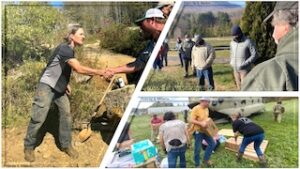
Helene Response Resources for Farmers and Farmworkers (Webinar)
NC State Extension Forestry, in partnership with state and federal agencies supporting the recovery efforts, will host a webinar …



El inglés es el idioma de control de esta página. En la medida en que haya algún conflicto entre la traducción al inglés y la traducción, el inglés prevalece.
Al hacer clic en el enlace de traducción se activa un servicio de traducción gratuito para convertir la página al español. Al igual que con cualquier traducción por Internet, la conversión no es sensible al contexto y puede que no traduzca el texto en su significado original. NC State Extension no garantiza la exactitud del texto traducido. Por favor, tenga en cuenta que algunas aplicaciones y/o servicios pueden no funcionar como se espera cuando se traducen.
Inglês é o idioma de controle desta página. Na medida que haja algum conflito entre o texto original em Inglês e a tradução, o Inglês prevalece.
Ao clicar no link de tradução, um serviço gratuito de tradução será ativado para converter a página para o Português. Como em qualquer tradução pela internet, a conversão não é sensivel ao contexto e pode não ocorrer a tradução para o significado orginal. O serviço de Extensão da Carolina do Norte (NC State Extension) não garante a exatidão do texto traduzido. Por favor, observe que algumas funções ou serviços podem não funcionar como esperado após a tradução.
English is the controlling language of this page. To the extent there is any conflict between the English text and the translation, English controls.
Clicking on the translation link activates a free translation service to convert the page to Spanish. As with any Internet translation, the conversion is not context-sensitive and may not translate the text to its original meaning. NC State Extension does not guarantee the accuracy of the translated text. Please note that some applications and/or services may not function as expected when translated.
Collapse ▲
NC State Extension Forestry, in partnership with state and federal agencies supporting the recovery efforts, will host a webinar …

Our Chatham County agribusiness stores have stepped up to aid farmers in western North Carolina devastated by Hurricane Helene. …
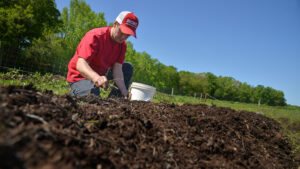
Hurricane Helene caused great devastation throughout much of Western North Carolina and farm fields were not spared. There are …

In the wake of Hurricane Helene, the agricultural community in Western North Carolina is faced with a long and …

In the aftermath of Hurricane Helene, which wrought devastation across Western North Carolina already estimated in the tens of …

Hurricanes can cause significant damage to forest and timber land through wind and flooding. The first priority is to …
Tropical storms and hurricanes are unfortunate events that are sometimes experienced by people living in North Carolina. Informed decisions …
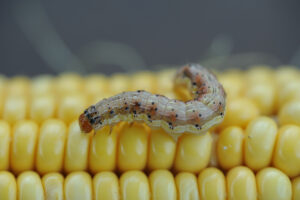
Bt corn growers are required to plant 20% of their total corn acres to non-Bt corn for resistance management. …

9/6/2024 – Join us for this special tour of the forest farming project at Warren Wilson College in Swannanoa, …

Everything you need to know to successfully grow vegetables in the Southeast including: varieties, planting dates, fertilizer recommendations, cover …
August 23rd, 2024- In the wake of Tropical Storm Debby, many individuals throughout the tobacco supply chain have asked what …
A new Extension article is available that highlights results from two years of research into the use of leguminous …
Damage from Fungal Infections and Ear Rot Drought can significantly impact corn production in several ways. Early-season drought can cause …
The 2024 growing season continues to present challenges, this time in the form of Hurricane/Tropical Storm Debby. This is a …
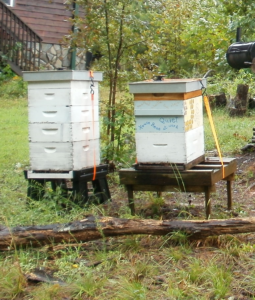
With the track of tropical storm Debby poised to make a significant impact on North Carolina, there are some …
Early Drought Management Tips for Pasture-based Livestock Producers Matt Poore, Seth Nagy, Dale Monks, Miguel Castillo, NCSU Cooperative Extension Due to …
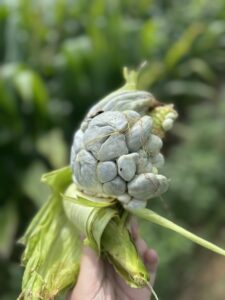
While we are seeing more rain, the drought has turned green corn plants into various shades of yellow and …

As I mentioned in a soybean article, corn earworms are early this year, populations are high, and moths are flying. …
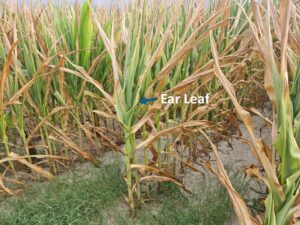
Sometimes the things we fear most happen. For a corn farmer the thing they fear most is a prolonged …

Grapevines require 16 essential nutrients for normal growth and development (Table 9.1). Carbon, hydrogen, and …
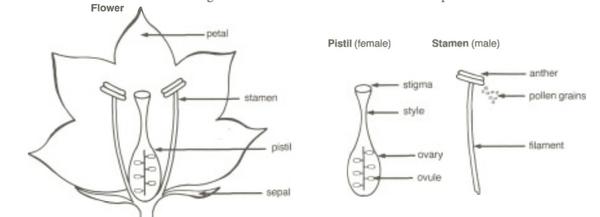
This guide presents basic facts about seeds, including how they develop, how to store and …

This Soybean Nutrient Deficiency Information factsheet describes the symptoms and management of boron deficiency in …
This Soybean Nutrient Deficiency Information factsheet describes the symptoms and management of zinc deficiency in …

This Soybean Nutrient Deficiency Information factsheet describes the symptoms and management of molybdenum deficiency in …

This Soybean Nutrient Deficiency Information factsheet describes the symptoms and management of aluminum toxicity in …

This Soybean Nutrient Deficiency Information factsheet describes the symptoms and management of sulfur deficiency in …

This Soybean Nutrient Deficiency Information factsheet describes the symptoms and management of magnesium deficiency in …